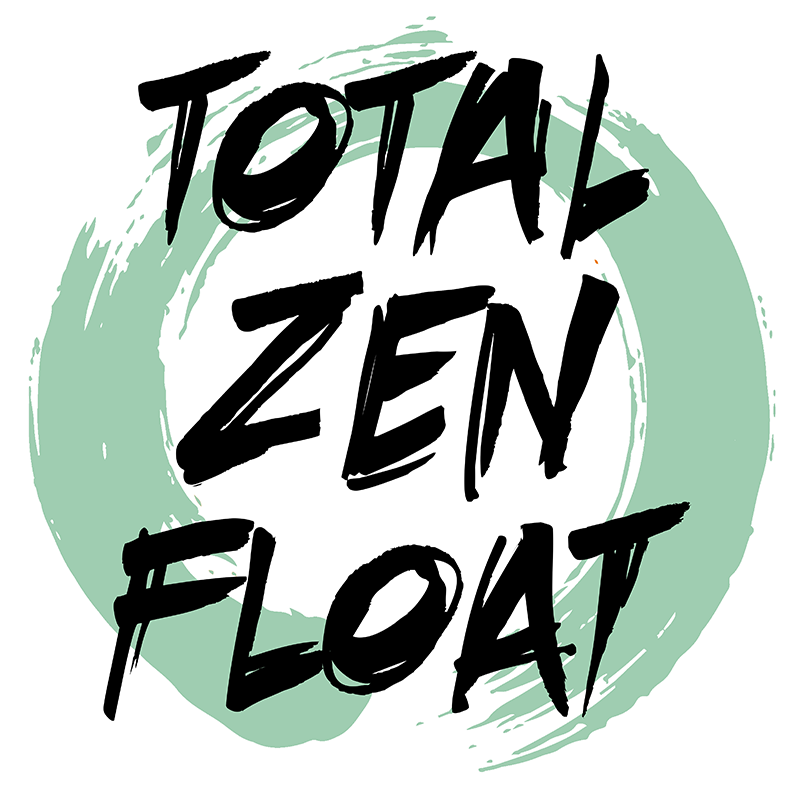Claustrophobia is one of the most commonly-expressed fears associated with floating in one of our relaxation tanks. Let’s take a closer look at claustrophobia and why it shouldn’t keep you from floating.
Claustrophobia is generally defined as the fear of confined spaces. There are actually two separate components to claustrophobia: the fear of restriction and the fear of suffocation. The fear of restriction is the “fear of being trapped,” while the fear of suffocation is associated with a feeling of lack of air or asphyxiation.
With respect to our relaxation tanks, you are always completely safe and in complete control of your environment.
There is no reason to fear being trapped as the lid to the tank is easy to open and you are free to leave the environment at any time. Also, there is no reason to fear suffocation as fresh oxygen is pumped into the tank via an air tube, and the tank is not “air-tight.”
So, neither of the component fears associated with claustrophobia (the fear of restriction and the fear of suffocation), are valid, rational fears inside the relaxation tank.
At Total Zen, find that most often, the fear of floating is connected to a fear of the unknown rather than to clinical claustrophobia. It is important to remember that once you are inside the tank, all of the external influences disappear. Your mental chatter slows down, and you are in control of your mind.
You can choose which thoughts to “feed” and which thoughts to “starve.” If the thoughts drift to fear, instead of stimulating and feeding the thought, simply sit with it. Notice where it originates in your body. Try to be the observer of the fear, rather than the fear itself. If you sit inside the tank and concentrate on the feeling of claustrophobia, your experience will be much different than if you are open to a safe mind trip. You will almost certainly be surprised by your experience.
Notice and connect with the sensation of expansiveness inside the tank. Is it really small inside or actually really large? Can you really tell where the walls begin or end? Can you connect to the feeling of expanding outward?
Try not to judge your experience inside the tank on what you are feeling now. That is, instead of imagining what it might be like inside the tank, get into the tank and try it out. Then judge your experience.
You might even find that floating in the tank helps you to overcome your claustrophobia. There are numerous peer-reviewed medical journal articles that highlight the mental and psychological benefits of Restricted Environmental Stimulation Therapy (aka “REST,” the clinical term for floating). Floating is known to be an effective treatment for depression, anxiety, and post-traumatic stress disorder, among other psychiatric conditions. Stay tuned as we will delve deeper into the mental benefits of floating in another article on this website soon.
In the meantime, give floating a try and let us know your thoughts! What was it like inside the tank? Was floating anything like how you imagined it? Leave a comment below.
